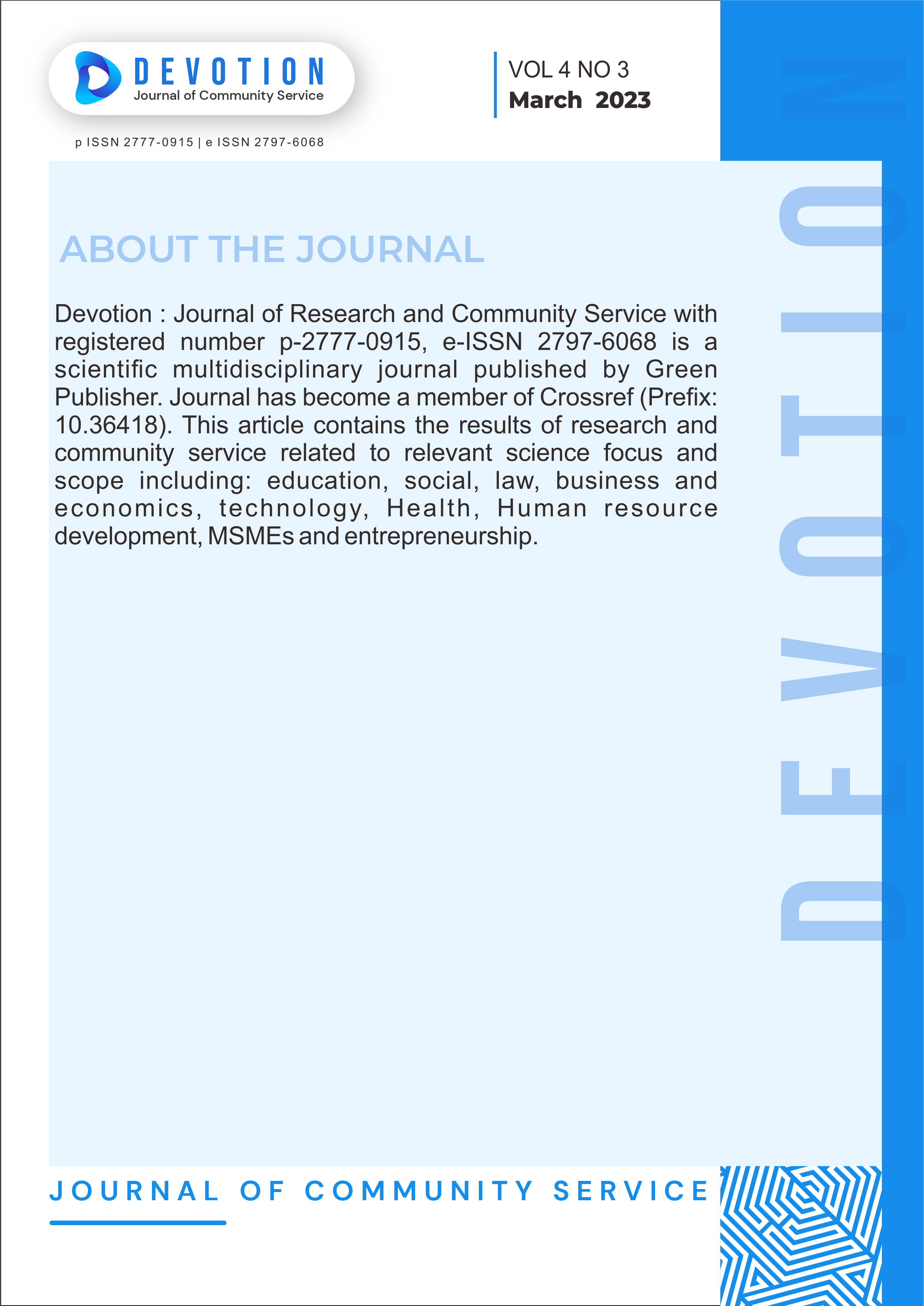Identification of Students' Conceptual and Procedural Errors in Solving Problems in Three-Dimensional Material
DOI:
https://doi.org/10.36418/devotion.v4i3.433Keywords:
Conceptual errors, Procedural errors, three dimensionAbstract
Low math skills of students can be seen from the understanding and the assignment of students to a material. One of the clues to determine the extent to which students master the material is to analyze student's mistakes in working on. The study aims to describe the kind of conceptual errors and procedural errors in the student answered question on the three-dimesional material. This study used descriptive qualitative approach. This research subject is class XII IPA SMAN 1 Bengkalis. Techniques of data collection using interviews and documentation written test. The object of this study was grade XII IPA 1 SMAN 1 Bengkalis which amounted to 26 students. This research result is the kind of mistake that most people do students is a conceptual mistake in working on the three dimensional material is 52%. While its procedural errors as much as 48%. Conceptual errors and procedural errors occurred because of the low ability of abstraction and visual abilities in students in answering the questions that are hard to describe and determine the distance to a point on the field of three dimensional material. Low math skills of students can be seen from the understanding and the assignment of students to a material.
Published
Issue
Section
License
Copyright (c) 2023 Wandy Suhady, Yenita Roza, Maimunah Maimunah

This work is licensed under a Creative Commons Attribution-ShareAlike 4.0 International License.
Authors who publish with this journal agree to the following terms:
- Authors retain copyright and grant the journal right of first publication with the work simultaneously licensed under a Creative Commons Attribution-ShareAlike 4.0 International. that allows others to share the work with an acknowledgement of the work's authorship and initial publication in this journal.
- Authors are able to enter into separate, additional contractual arrangements for the non-exclusive distribution of the journal's published version of the work (e.g., post it to an institutional repository or publish it in a book), with an acknowledgement of its initial publication in this journal.
- Authors are permitted and encouraged to post their work online (e.g., in institutional repositories or on their website) prior to and during the submission process, as it can lead to productive exchanges, as well as earlier and greater citation of published work.













